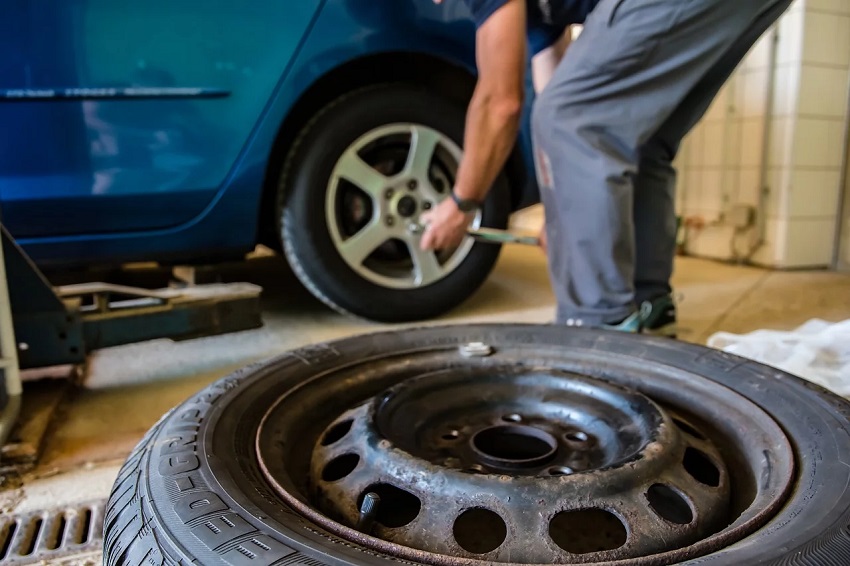As the weather warms it’s important to take certain steps to make sure your car is safe on the road.
Many of us forget all about springtime tire maintenance efforts because leaving the winter behind can make everything feel easier. Still, the transition into a new season comes with a number of changes that can affect your vehicle.
We tend to think of spring as the time when birds start chirping and flowers start growing.
That said, there is a lot more to spring than new growth and a few showers. Constant temperature changes, and lots of precipitation can mean that you’ll be driving on many kinds of road surface. Moreover, if you live in a place where there is a lot of snow and ice during the wintertime, then the first part of spring also comes with a lot of grit from the salt and sand left on the roads following the melt.
To help make sure your car is ready to perform at its best at this time of year, make sure you have a solid springtime tire maintenance routine ready to go. Don’t worry, this isn’t half as daunting as a spring-cleaning routine, and it won’t take you nearly as long.
Use these springtime tire maintenance tips to get your routine started and make sure your car is safe.
- Remove your winter/snow tires – If you haven’t already done it, take off the tires that are meant for the wrong season. Driving using these tires on warm, dry roads will shorten their life (and remember that they’re likely more expensive than your all-seasons). Moreover, they reduce your fuel efficiency, meaning that simply driving with them on will cost you more at the pump. When you remove them, examine them carefully and decide whether they are worth storing or if you will need new ones next year.
- Check your all-season tires for wear – Before putting on your all-season tires, check them for any noticeable bulges, tears and cuts. Any of these could cause them to blow out once they’re on your car. Have a tire expert take a look and follow their advice regarding using or replacing them. Pay attention to the wear on your tires so they can be properly rotated for more even wear, which means better handling and fuel efficiency.
- Check the tread depth – Use a tread depth gauge to check whether the wear on your tires is still low enough that they will be good for another year, or whether it’s time to replace them. Proper tread depth is vital to your ability to handle your vehicle. Once they’re too worn, you’ll lose traction, which reduces fuel efficiency, acceleration, speed and control over your car, especially in wet spring weather.
- Check the tire pressure – By using a quality, accurate tire pressure gauge, you can check all four tires in under two minutes. That way, you’ll know that your tires are properly inflated. These last three steps are important to your springtime tire maintenance regardless of whether you change your tires over the winter or not.
